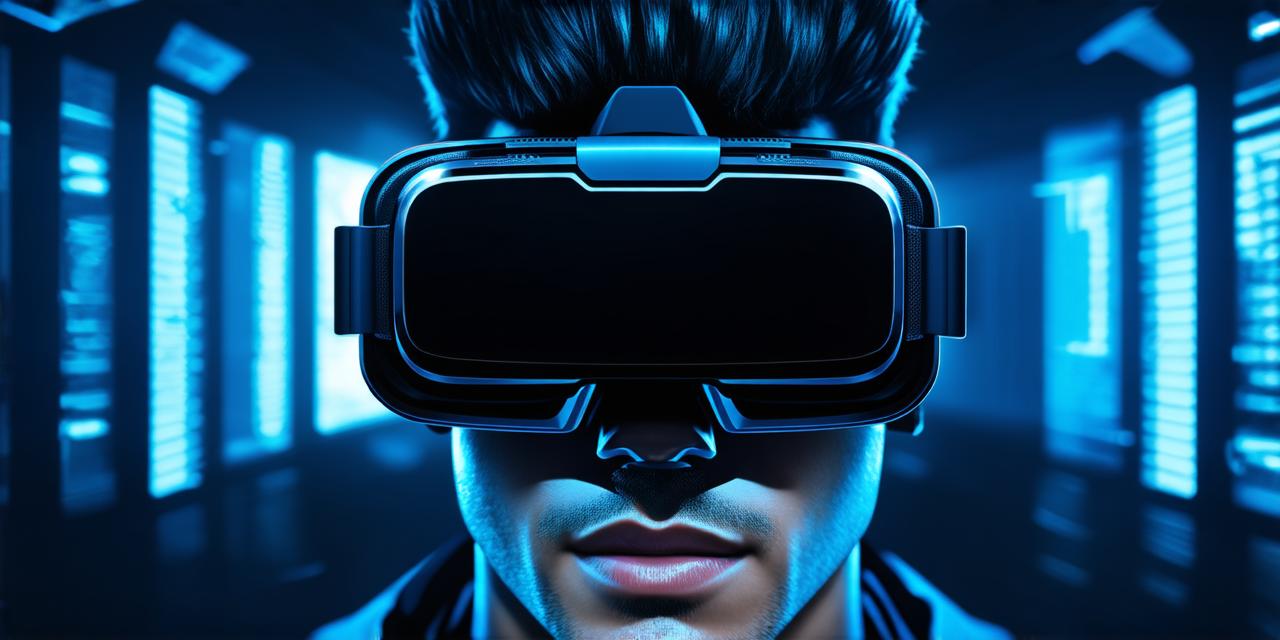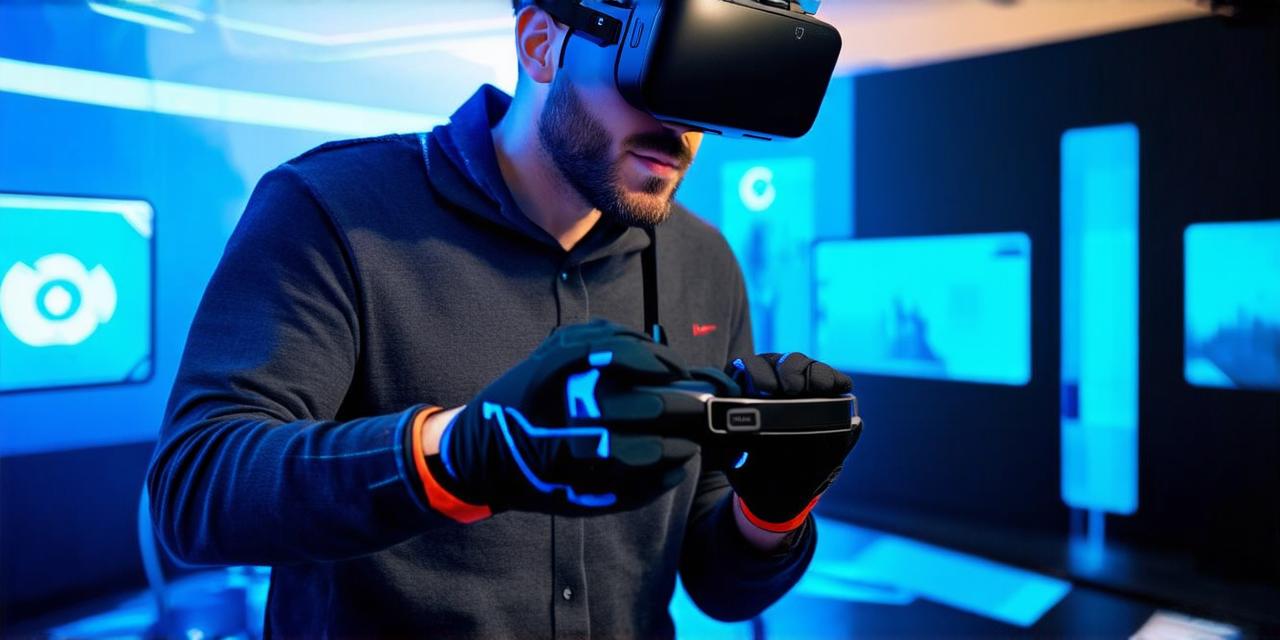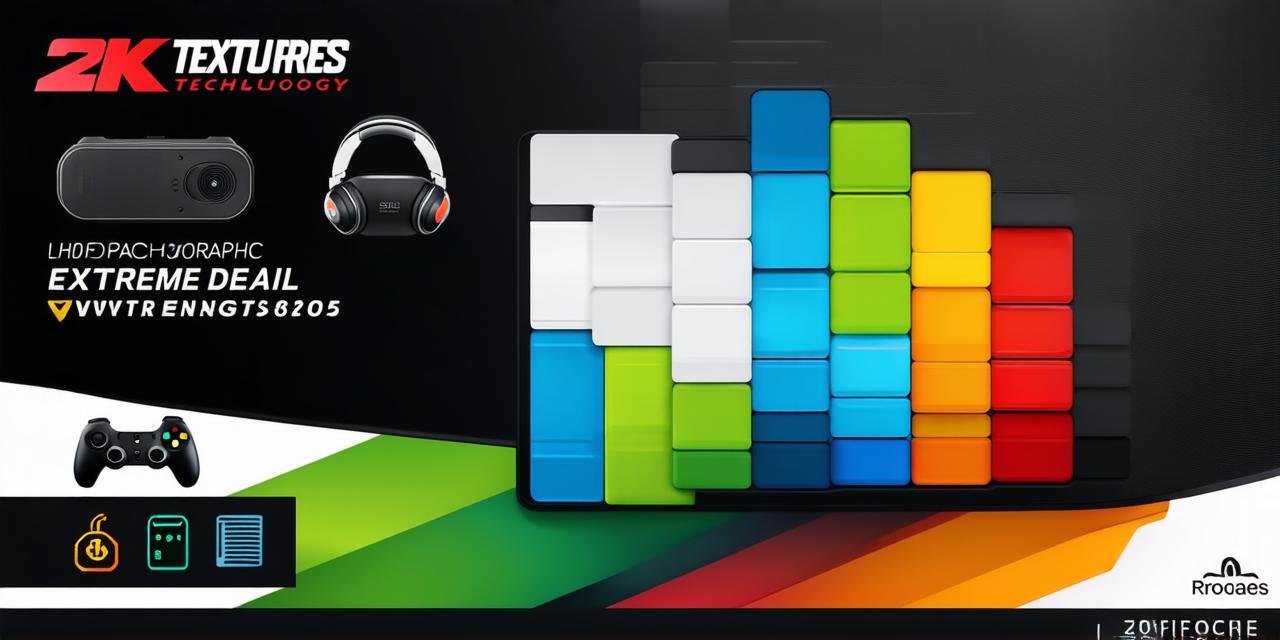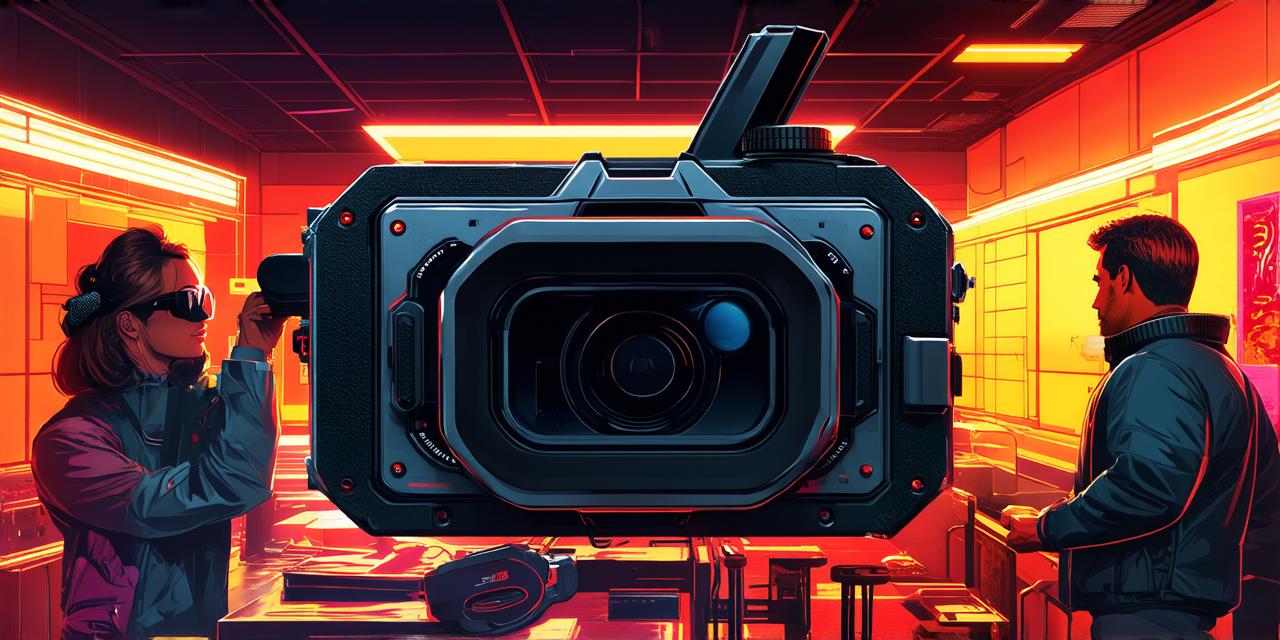1. Field of View (FOV)
Field of view refers to the amount of the environment that a user can see at any given time when using VR headsets. A wider field of view will provide a more immersive experience, as it allows users to see more of their surroundings and feel as though they are truly present in the virtual world. However, a wide field of view can also lead to motion sickness, especially if the user is not accustomed to the technology.
For example, the Oculus Quest 2 has a field of view of around 90 degrees, which is considered relatively narrow for some users. On the other hand, the HTC Vive Pro Eye has a field of view of around 105 degrees, which can provide a more immersive experience but may be too overwhelming for some users.
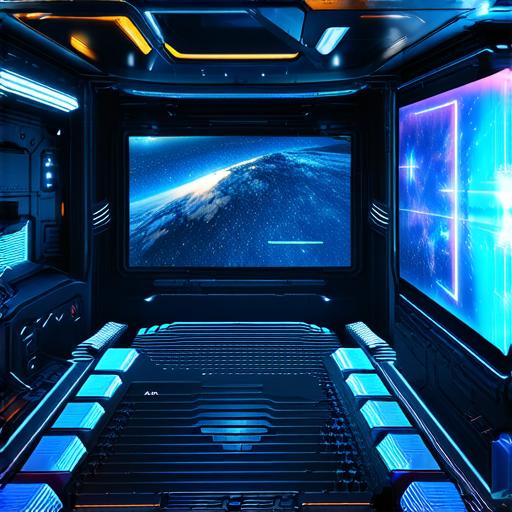
2. Resolution and Graphics Quality
The resolution and graphics quality of the virtual environment can also affect immersion. Higher resolution visuals and realistic graphics can help to create a more believable virtual world, which can enhance the overall immersion experience. However, high-quality visuals can also require powerful hardware, which may not be available to all users.
A good example of this is the Unity game engine, which is commonly used to develop VR and AR applications. Unity supports a wide range of resolutions and graphics quality settings, allowing developers to create experiences that are optimized for different hardware configurations.
3. Interactivity and Feedback
Interactivity and feedback can also play a crucial role in determining the optimal level of immersion. Users who feel like they have control over their actions within the virtual world will be more engaged and immersed in the experience. Additionally, immediate feedback on user actions can help to reinforce the sense of presence and make the experience more engaging.
For example, a VR training simulation for pilots might include interactive controls that allow the user to fly the plane and receive real-time feedback on their performance. This not only provides a sense of control, but also helps to reinforce the importance of certain actions in the virtual world.
4. Realism vs. Stylization
Finally, the level of realism vs. stylization in the virtual environment can affect immersion. While highly realistic environments may be more engaging for some users, others may prefer a more stylized approach that fits with the overall theme or style of the application.
For example, a VR game set in a fantasy world might prioritize stylization over realism, as it allows the user to fully immerse themselves in the fantastical environment and engage with the characters and objects in a unique way. On the other hand, a virtual tour of a museum or historical site might prioritize realism, as it allows users to explore and learn about the history and culture of the location in a more authentic way.
Conclusion
Determining the optimal level of immersion for an AR application depends on a variety of factors, including field of view, resolution and graphics quality, interactivity and feedback, and realism vs. stylization. By considering these factors and analyzing case studies and personal experiences, AR developers can create experiences that are both engaging and immersive for their users.
FAQs
1. What is the impact of hardware on immersion?
High-quality visuals and powerful hardware can enhance immersion by providing a more believable virtual world, but it can also require significant resources which may not be available to all users. It’s important to consider the hardware capabilities of your target audience and find ways to optimize your application for their devices.
2. How important is interactivity in determining immersion?
Interactivity and feedback are crucial in determining immersion as they allow users to feel like they have control over their actions within the virtual world, which can enhance engagement and make the experience more immersive.
3. What is the difference between field of view and resolution?
Field of view refers to the amount of the environment that a user can see at any given time when using VR headsets, while resolution refers to the clarity and detail of the graphics in the virtual world. A wide field of view can provide a more immersive experience, but high-resolution visuals may also enhance immersion by making the virtual world appear more realistic.
4. How do I optimize my AR application for different hardware configurations?
To optimize your AR application for different hardware configurations, you should consider using techniques such as dynamic resolution scaling, which adjusts the graphics quality based on the capabilities of the user’s device. You can also use low-poly models and simplified textures to reduce the resource requirements of your application. Additionally, testing your application on a range of devices can help you identify areas where you may need to make optimizations to ensure a smooth user experience.
